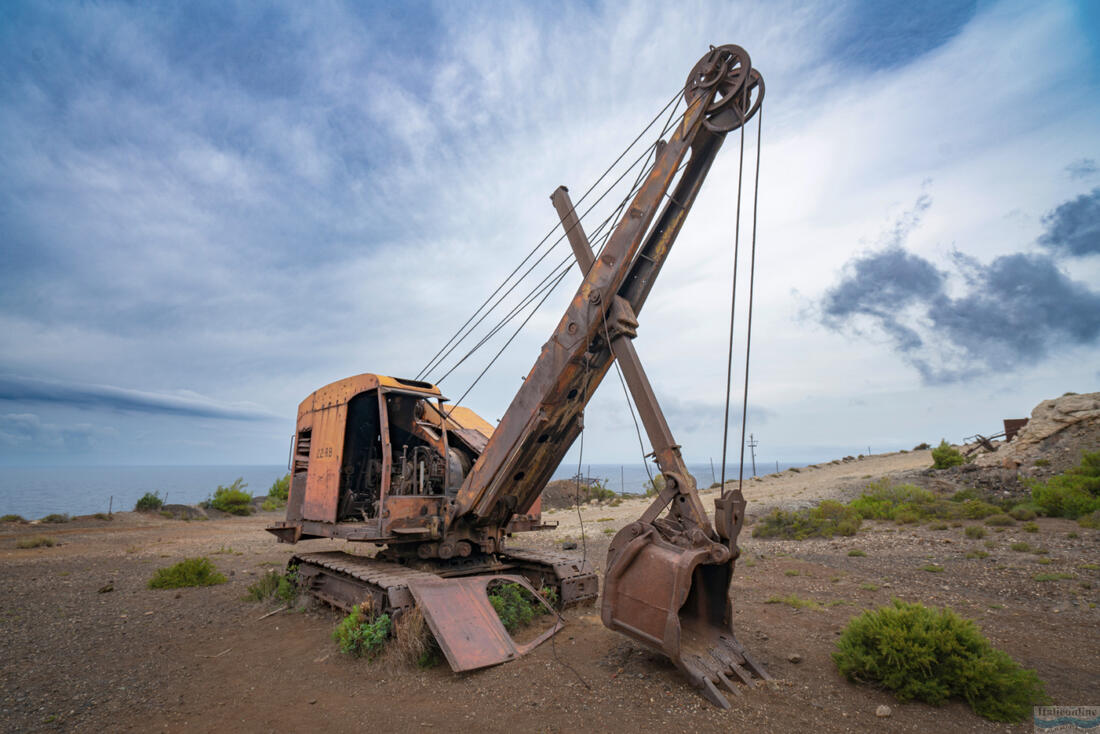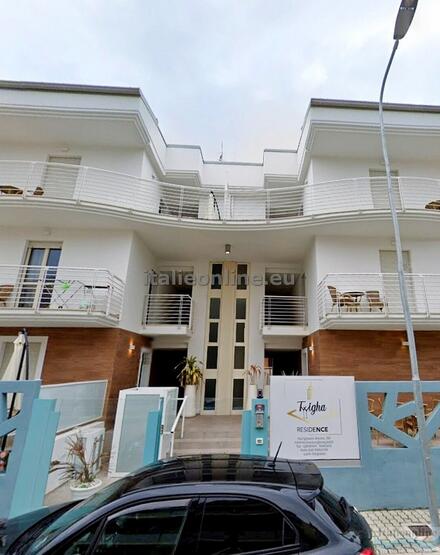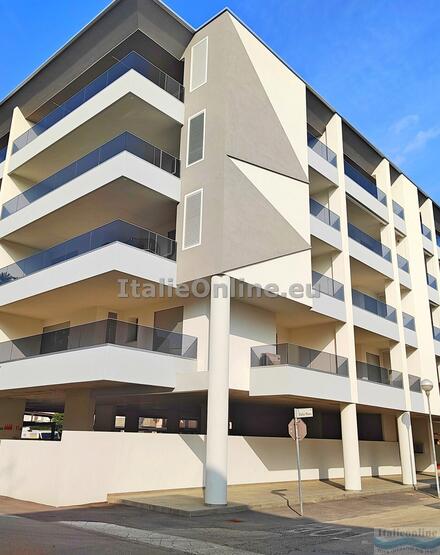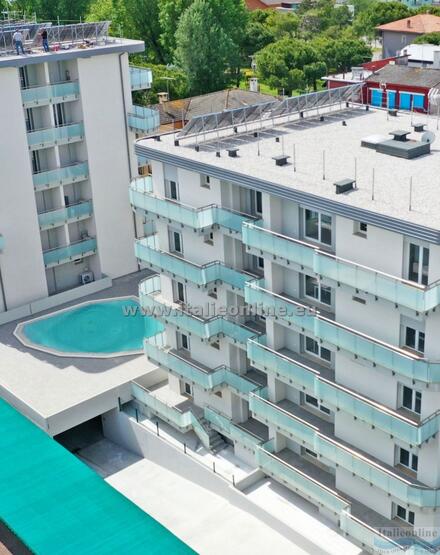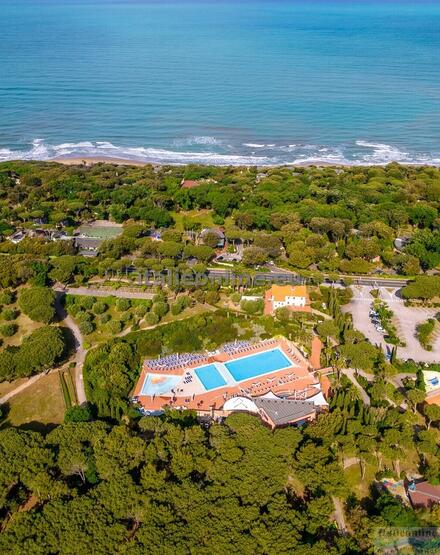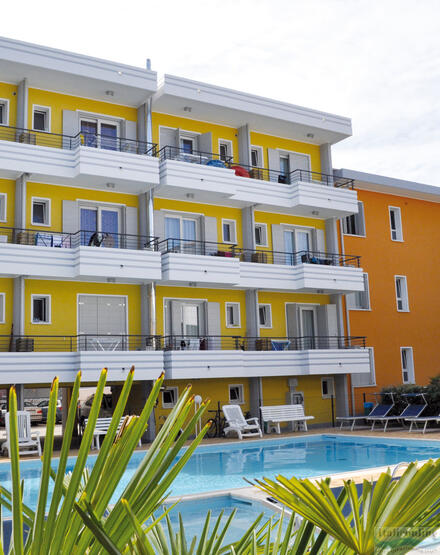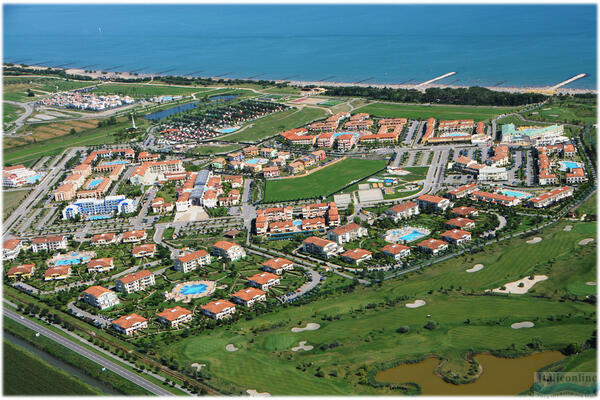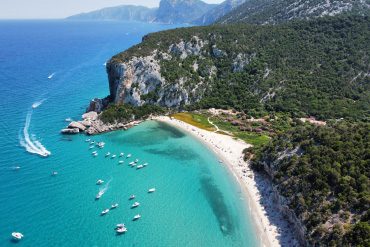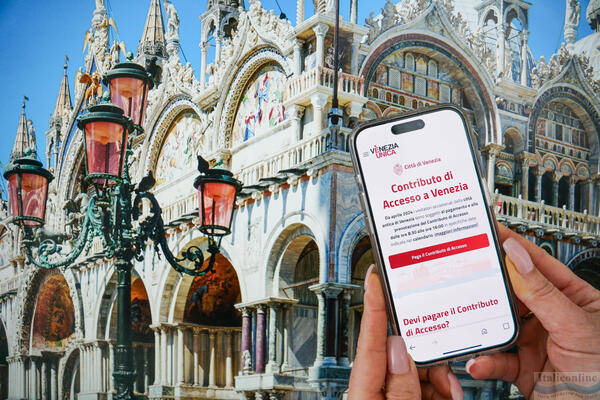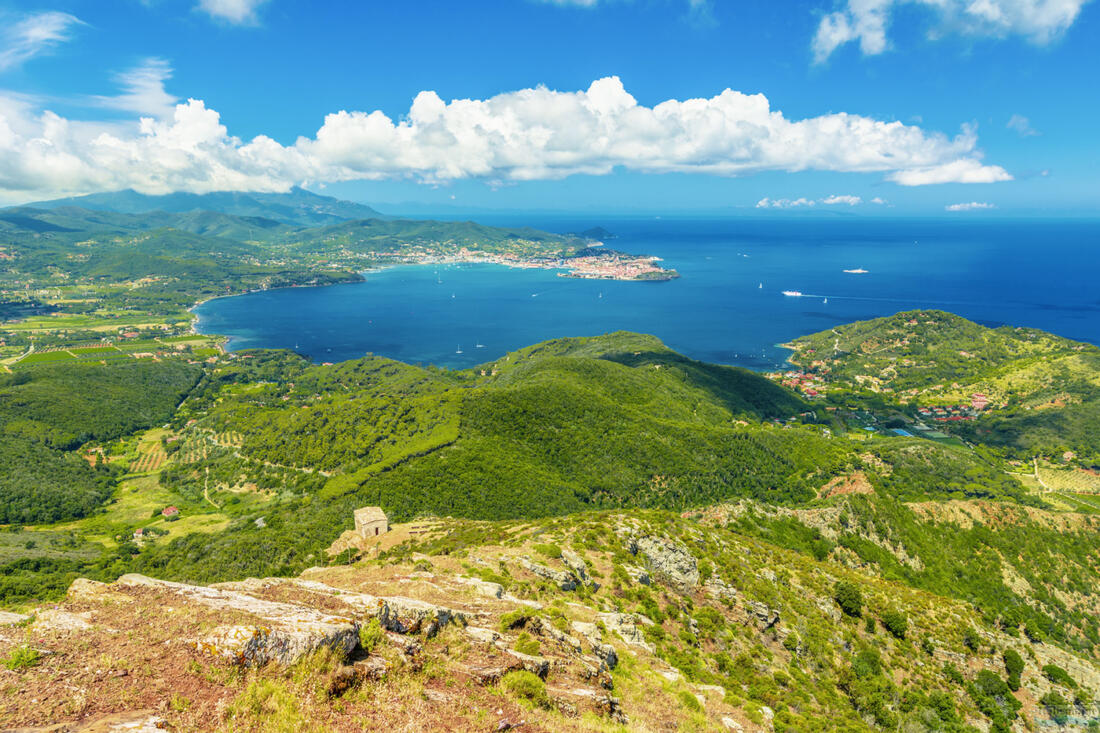
Whichever beach you choose, keep two things in mind: in the morning, look where the wind is blowing from, that's where we recommend you go to enjoy the crystal clear water and the clear seabed. The sea that bathes the island of Elba is crystal clear and the marine ecosystem is rich in animal and plant species, perfect for snorkelling!
The island of Elba is one of the pearls in Venus' necklace
Not everyone knows that the island of Elba is the third largest island in the Mediterranean after Sicily and Sardinia. Or that it is the largest island in the Tuscan Archipelago National Park. And that, along with the islands of Pianosa, Giglio, Gorgona, Capraia, Montecristo and Giannutri, it is one of the 7 pearls of the Venus Necklace, which, according to legend, gave birth to one of the most stunning parts of our beautiful Tuscany
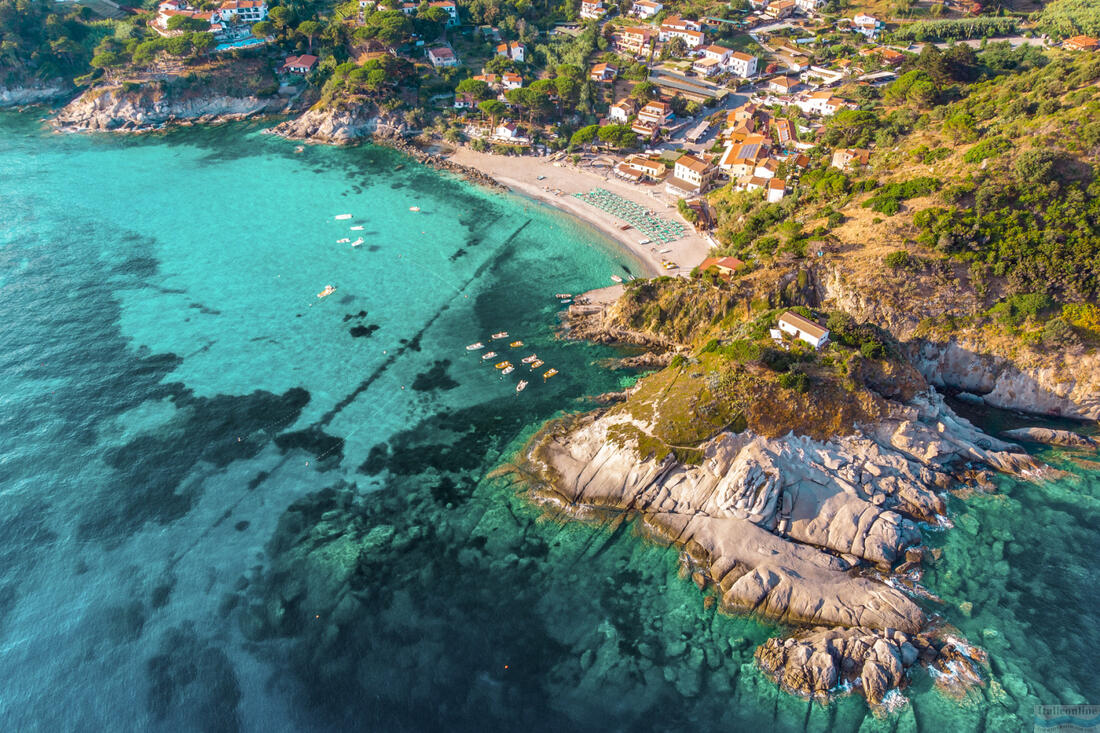
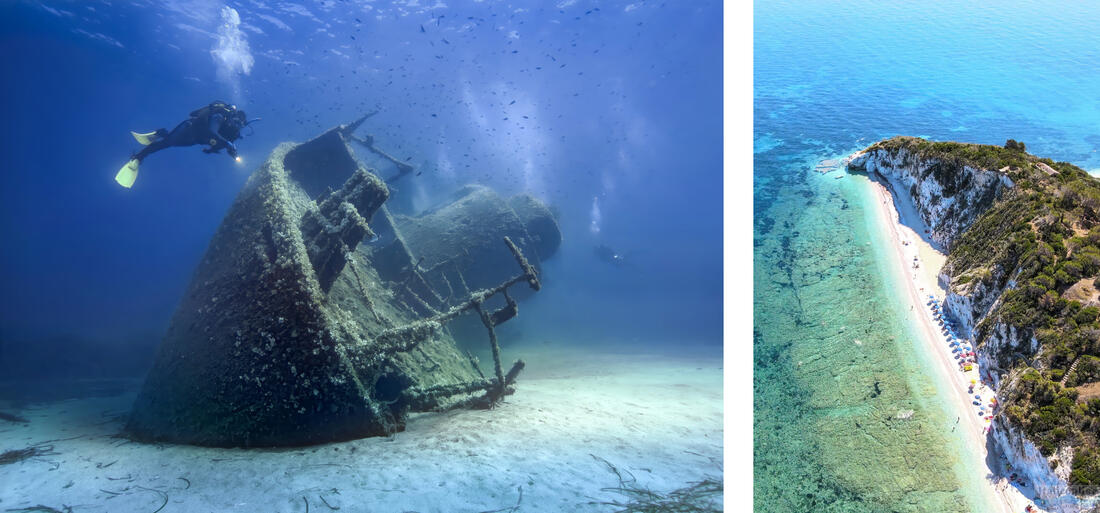
Granite from the island of Elba can be found all over Italy
The island of Elba is rich in granite, a material that the ancient Romans used to build many of the works that are still scattered across Italy today. These include the Pantheon in Rome, the Duomo in Pisa and the Baptistery in the Piazza dei Miracoli: all these masterpieces were created from granite quarried on Monte Capanne.
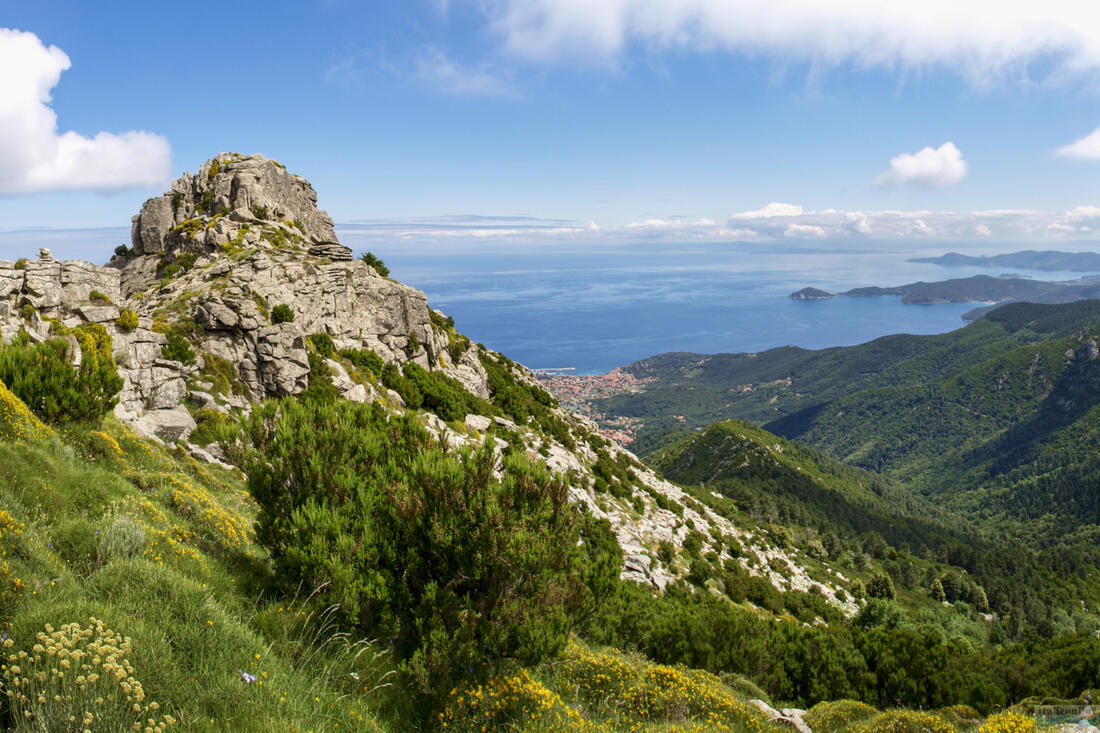
The island of Elba is the land of DOC and DOCG wines
'The people of Elba are strong and healthy because the island's wine gives them strength and health' (Napoleon)
Controlled designations of origin (DOC and DOCG) were introduced in 1967 for Elba Bianco and Elba Rosso and in 1994 Elba Aleatico, Elba Ansonica, Elba Ansonica Passito and Elba Rosato were added to this designation. In 1999 the Moscato dell'Elba designation was recognised and in 2011 the Elba Vermentino, Elba Trebbiano and Elba Sangiovese varieties.
The best way to get to know the wines of Elba? Organise a visit to the cellars and vineyards scattered around the island!
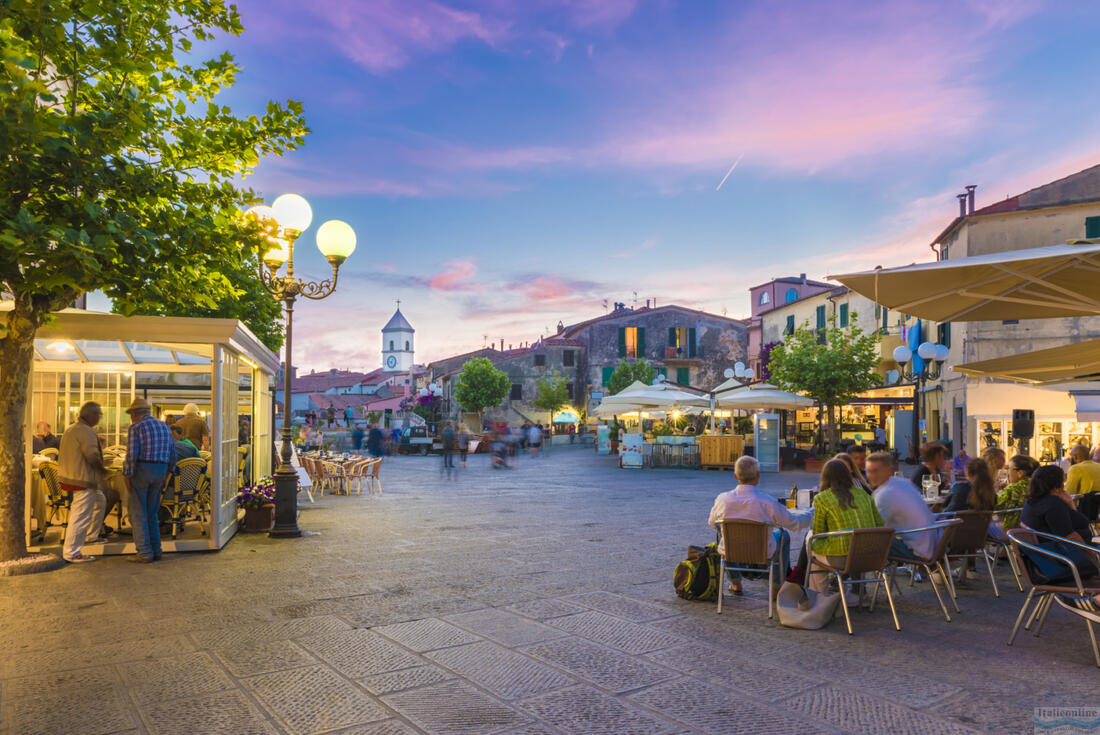
The island of Elba and minerals, a history that begins with ancient civilisations
The ancient Greeks renamed the island of Elba Aethalia, meaning "soot", because of the fumes from the Etruscan furnaces that processed iron and covered the island with soot. In fact, Elba is home not only to granite, but also to mines and mining museums where you can learn about the island's industrial mining past.
Elba's mines are located in the municipalities of Capoliveri, Porto Azzurro, Rio Marina and Rio nell'Elba. The Calamita mines, one of Europe's most important mining basins, which was in operation until the early 1980s, cannot be missed.
And if you're looking for inspiration on accommodation in the area, be sure to check here.
